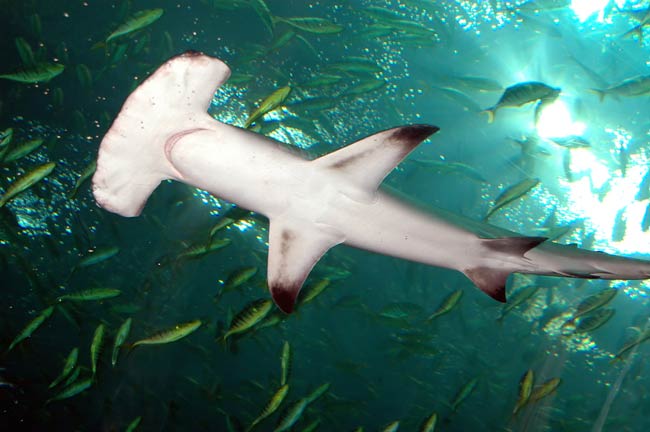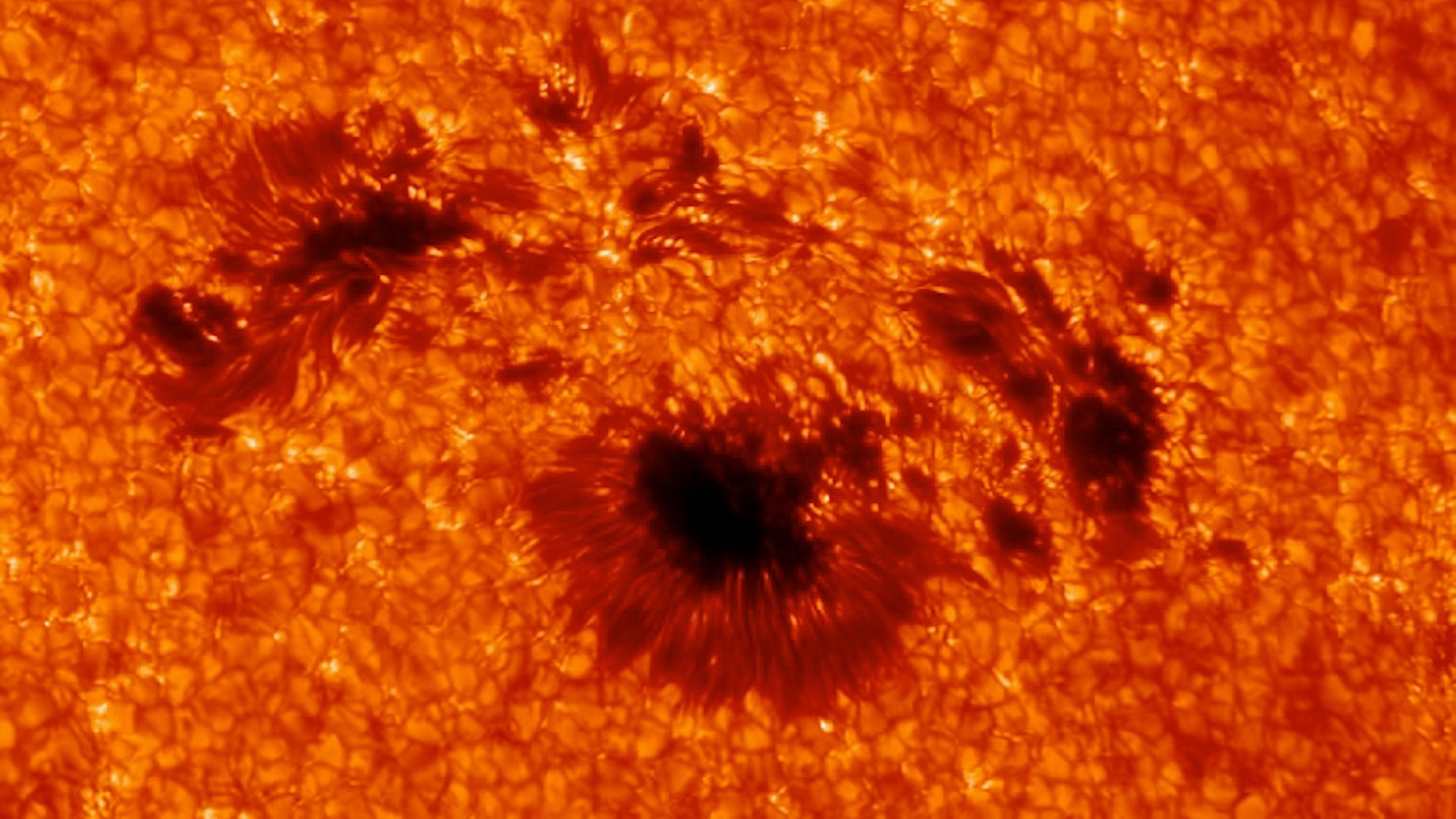Virgin Shark Gives Birth

Female sharks may not need males around anymore, because they can reproduce without having sex, surprised scientists have found.
The startling discovery, announced today, has a long history. It was initially made after the unexpected birth of a baby hammerhead shark in the aquarium of Nebraska’s Henry Doorly Zoo in December 2001. The birth surprised zookeepers because the tank only contained female hammerheads, none of which had ever even been exposed to a male during their time in captivity, much less mated with one. The females had all been caught off the coast of Florida as babies themselves. Scientists thought that perhaps the mother had mated with a male before her capture and somehow stored the sperm over the three years, before finally fertilizing her eggs or that she had mated with the male of another species in the tank. DNA profiling now showsed that neither of these possibilities was the answer; the baby shark’s DNA only matched up with it’s mother’s—there was no paternal DNA in the baby at all. The mother had become pregnant asexually, or without ever having sex. “The findings were really surprising because as far as anyone knew, all sharks reproduced only sexually by a male and female mating, requiring the embryo to get DNA from both parents for full development, just like in mammals,” said study co-author Paulo Prodohl of Queen’s University Belfast, in Northern Ireland. Asexual reproduction is common in many invertebrate species, but females of only a few other vertebrate species, including some reptiles, amphibians and rare instances of birds, are known to be able to give birth to fully formed young without their eggs being fertilized by a male’s sperm. This ability, known as parthenogenesis, was discovered in a female Komodo dragon late last year, but had never before been seen any other major vertebrate lines. “During this process the unfertilized egg, which contains about half of the mother’s genetic diversity, is activated to behave as a normal fertilized egg by a small, genetically nearly-identical cell known as the sister polar body,” explained lead author Demian Chapman, a graduate student at the Guy Harvey Research Institute in Florida at the time of the study. This asexual reproduction raises concerns for dwindling wild shark populations, because if females in the wild resort to the process, it could reduce the genetic diversity of already threatened species. “The resulting baby shark gets a double does of genetic disadvantage,” said Chapman, “Not only does it experience reduced genetic diversity because it has no father, but around half of the genetic variation present in the mother is not passed on to the offspring.”
- Trivia: The Dirty Jobs of Sharks
- Sharks Everywhere: Vote for Your Favorite
- Images: Great White Sharks
Get the world’s most fascinating discoveries delivered straight to your inbox.

